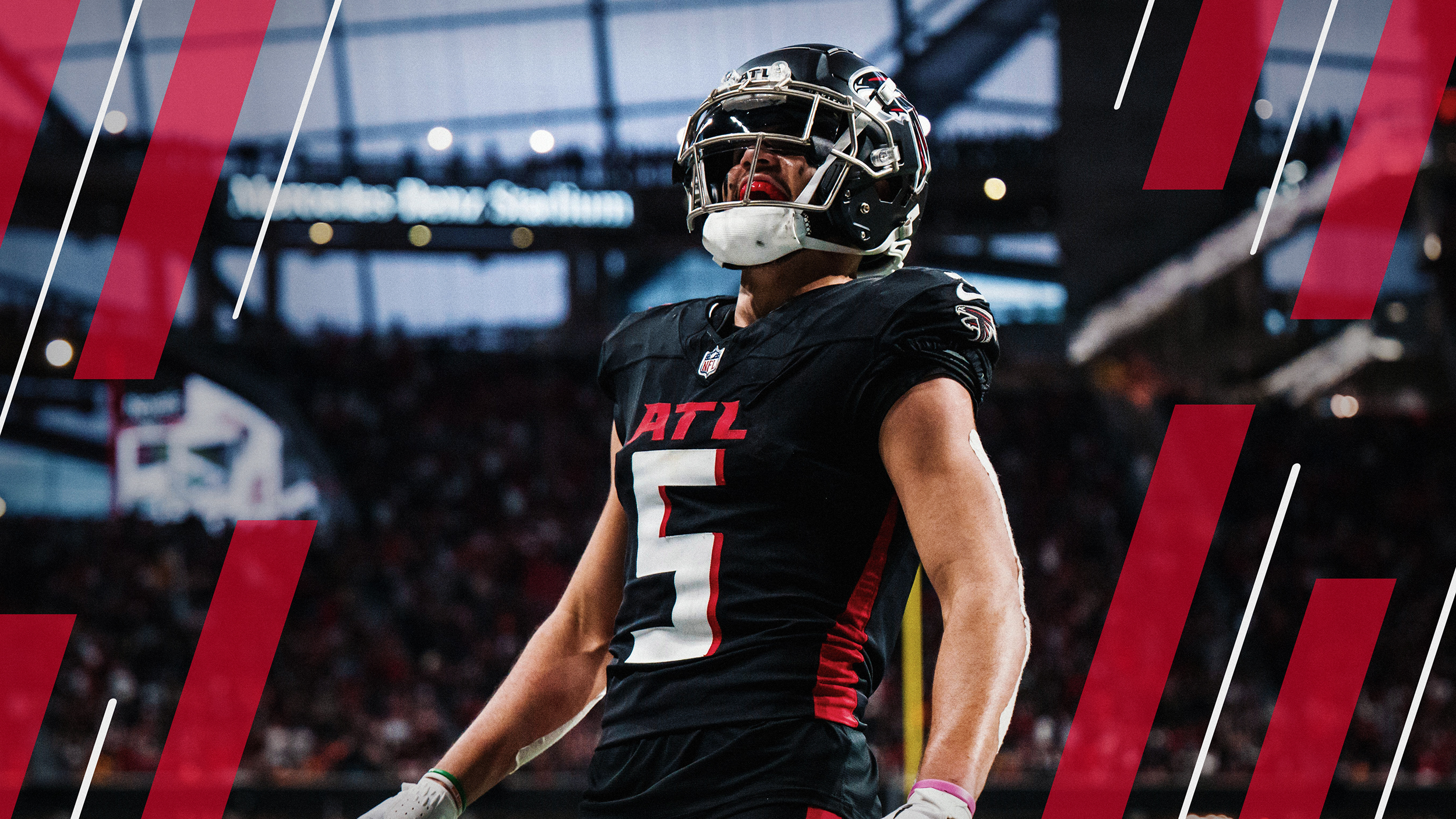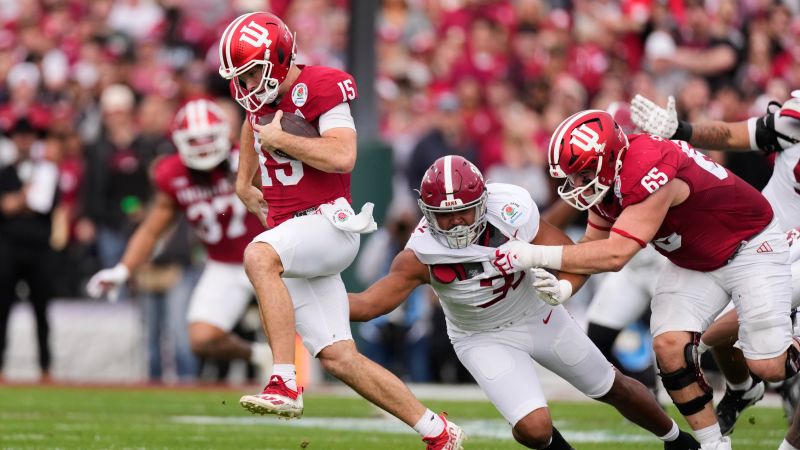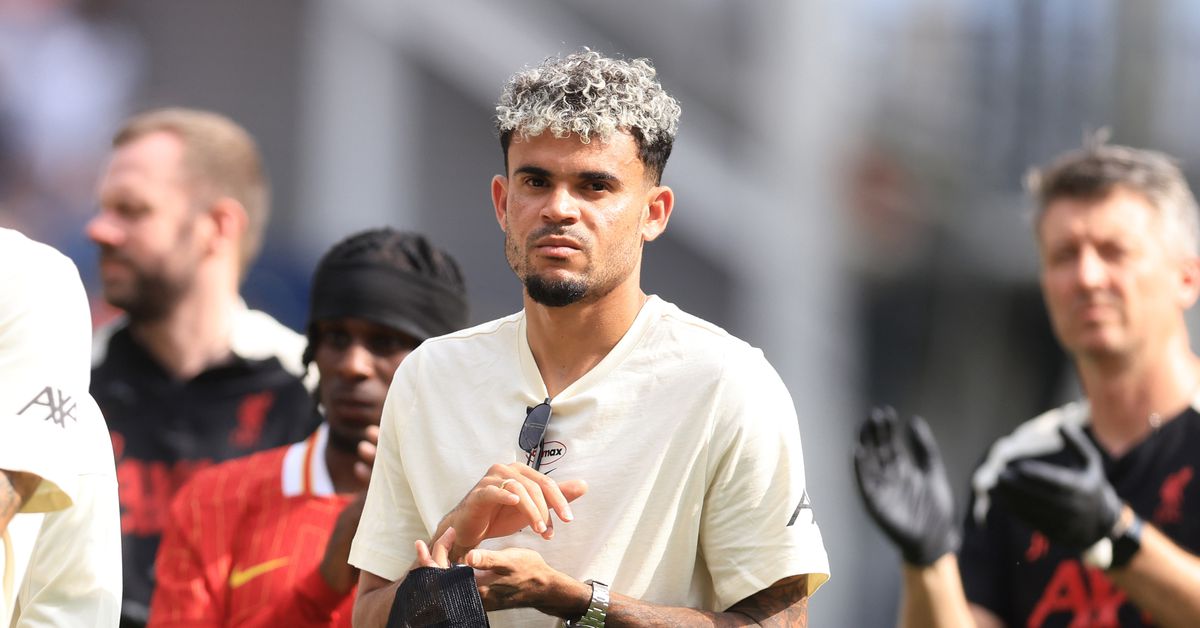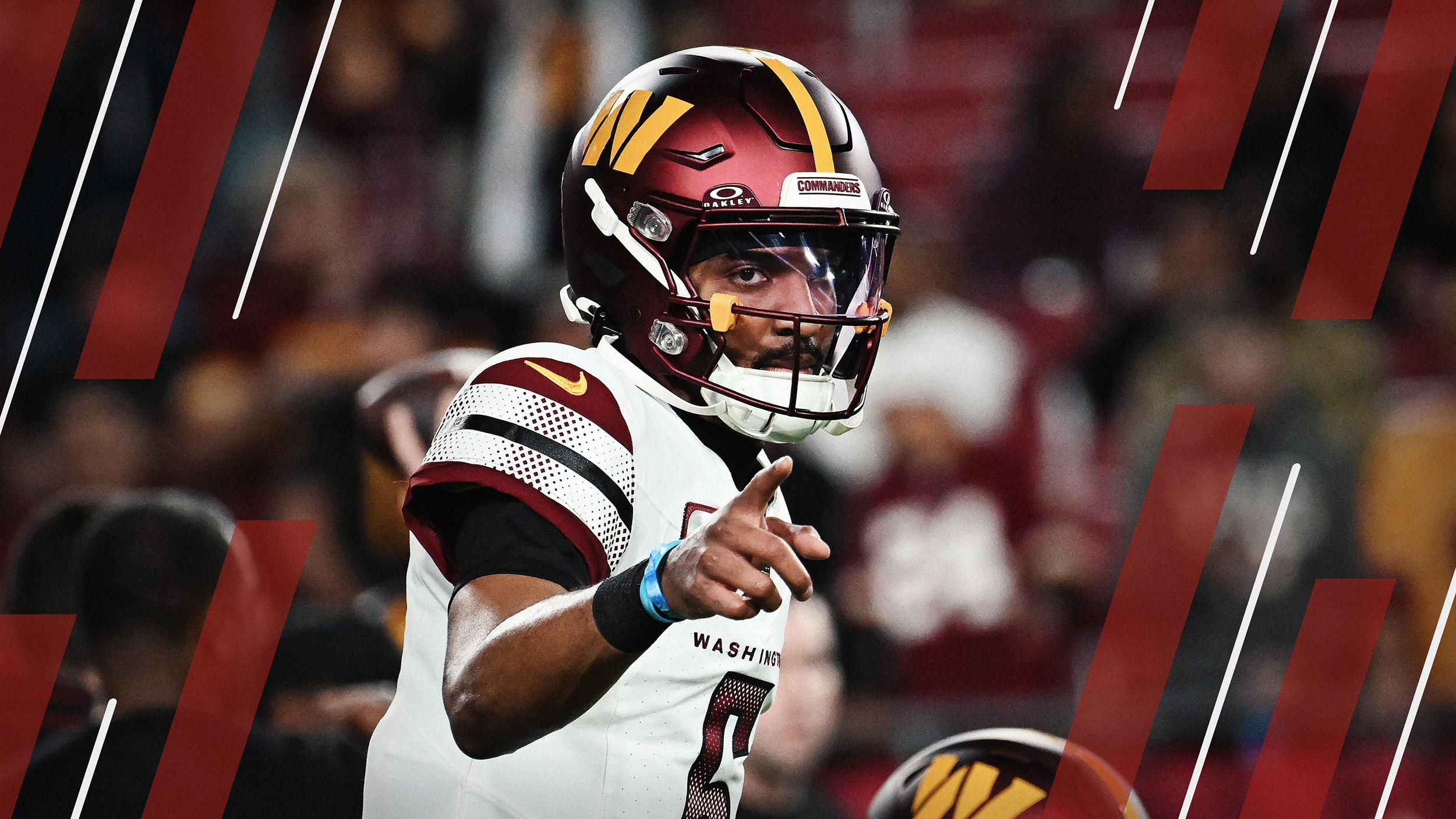Build a Winning Team: Round-by-Round Fantasy Football Draft Guide

Fantasy football managers gearing up for the 2025 season can benefit from a well-structured draft strategy tailored for 10-team leagues. This guide leverages a consensus of average draft positions (ADPs) from ESPN, Sleeper, and Yahoo! to provide targeted recommendations for each round, particularly for those selecting first overall.
Understanding the Top Picks
For participants choosing from the middle to the latter part of the first round, the decision often boils down to selecting a top-tier wide receiver or a reliable running back like Ashton Jeanty or Derrick Henry. The rankings for wide receivers from third to eighth place vary widely among analysts, indicating the potential for any of these players to emerge as the top option if circumstances align favorably.
One standout selection is Brian Thomas Jr., who concluded his rookie season as one of the league’s best fantasy receivers. In his last seven games, he consistently scored at least 13 PPR points, averaging an impressive 21.5 points per game. His role in the offense is crucial, especially with new offensive coordinator Liam Coen at the helm. Thomas’s ability to excel in the slot, coupled with the addition of Travis Hunter, positions him as a top choice among his peers.
Potential alternatives like Puka Nacua, Nico Collins, and CeeDee Lamb are also worth consideration in the early rounds, as they represent a deep pool of talent among wide receivers.
Mid-Round Strategies
As the draft progresses into the second and third rounds, managers selecting early can secure a quarterback and tight end, allowing them to focus on bolstering their roster with running backs and wide receivers in later rounds. Those picking later may want to consider drafting a player like Jayden Daniels, who averaged 23.7 fantasy points per game last season, ranking third among quarterbacks. His significant upgrades with the Washington Commanders suggest he could dominate the quarterback rankings by season’s end.
For those still needing running backs, the choice of Kenneth Walker III becomes compelling. Last season, he posted a remarkable 91.3 rushing grade and led the league in avoided tackles per attempt. With a new offensive approach under coordinator Klint Kubiak, Walker’s potential for a breakout season hinges on his ability to stay healthy, as he has missed significant time due to injuries in previous years.
Continued focus on running backs is essential, and selecting a second option such as Omarion Hampton could prove beneficial. Hampton, a promising rookie, has the potential to emerge as a lead back on a team that leans heavily on the run.
As the draft nears its conclusion, managers should consider adding depth at wide receiver. A player like Tetairoa McMillan, drafted eighth overall by the Carolina Panthers, possesses the ability to become a primary target in his rookie year. His impressive college performance makes him a reliable choice as a third wide receiver.
In the following rounds, targets like Chris Olave and David Njoku can further enhance the team’s roster. Olave’s consistent scoring and potential for high fantasy output make him a valuable asset, despite concerns over past injuries. Njoku has proven to be a reliable tight end and can be counted on for steady performance within a fluctuating offense.
As the draft wraps up, managers are encouraged to fill any remaining positions with high-upside players. The importance of balancing the roster with both running backs and wide receivers cannot be overstated, especially in a league where depth can make a significant difference.
This comprehensive approach ensures that fantasy football managers are well-equipped to create a competitive team for the upcoming season. By strategically navigating each round and making informed choices, winning a league championship is within reach.






